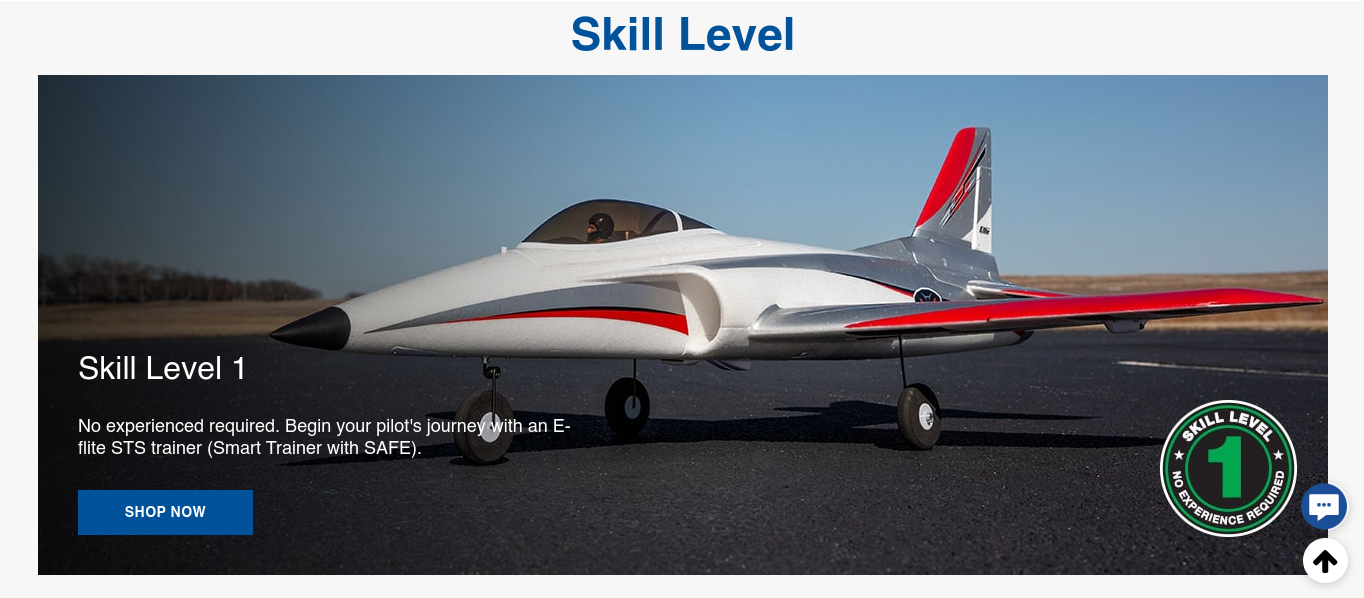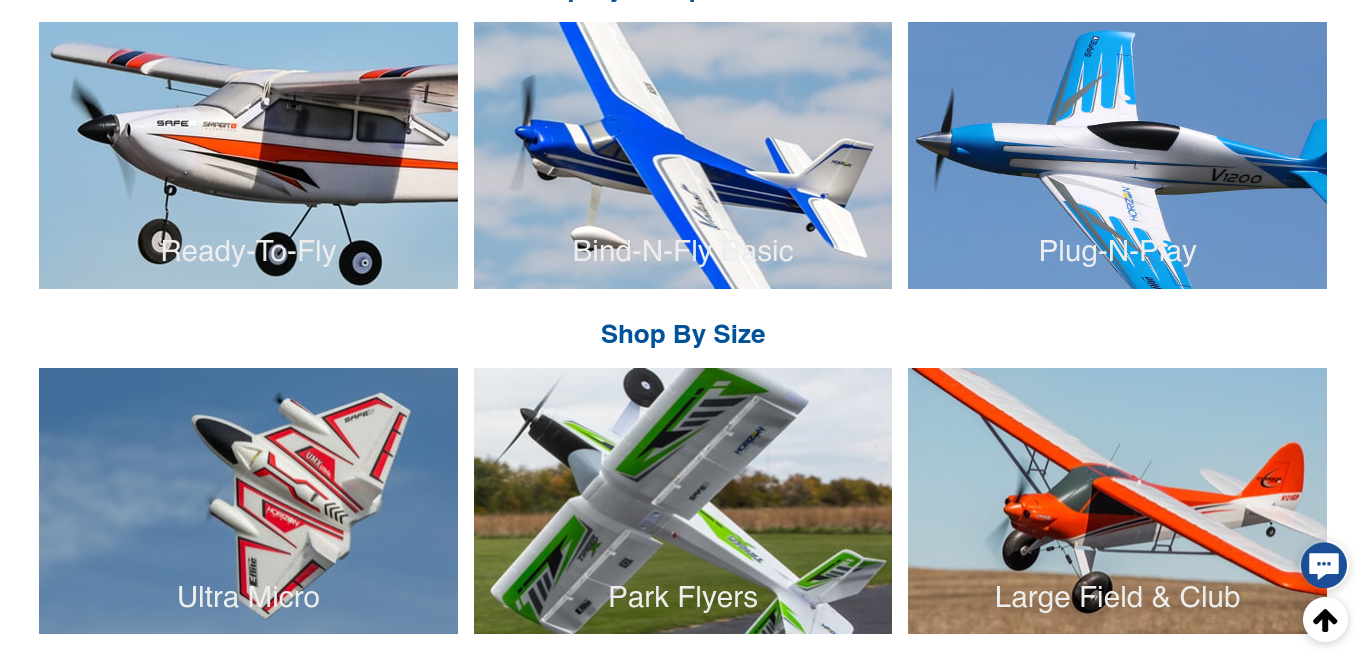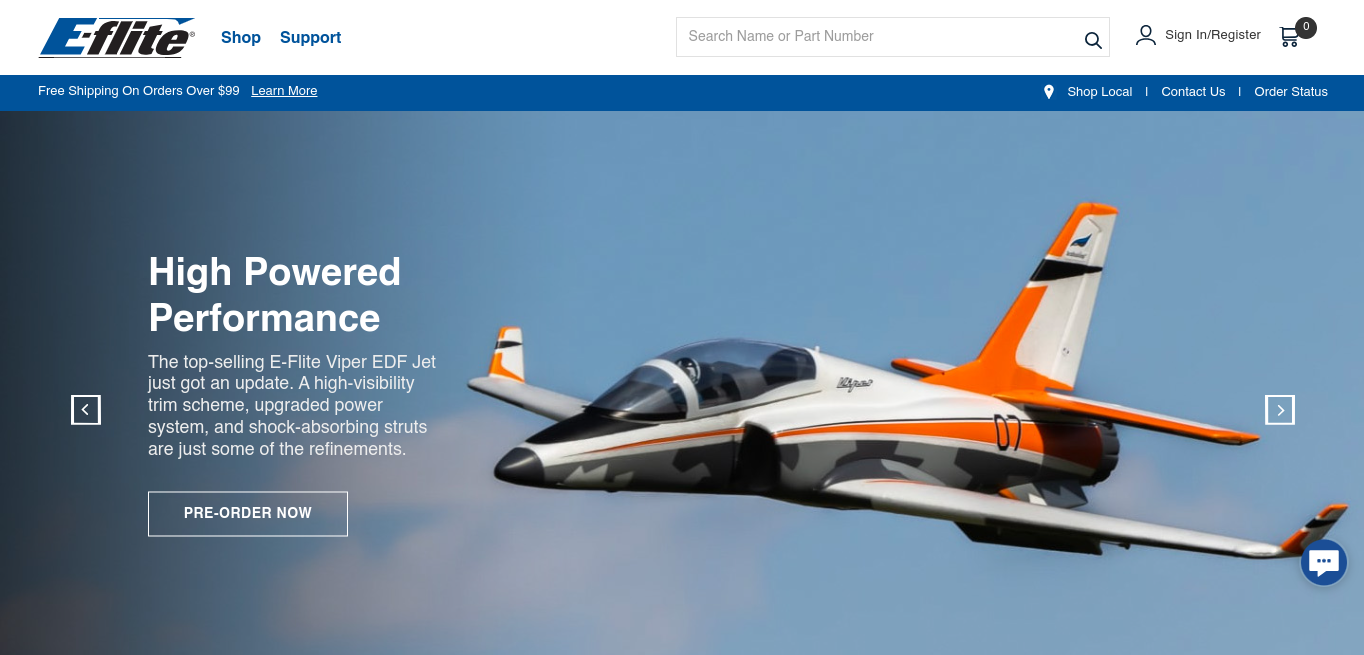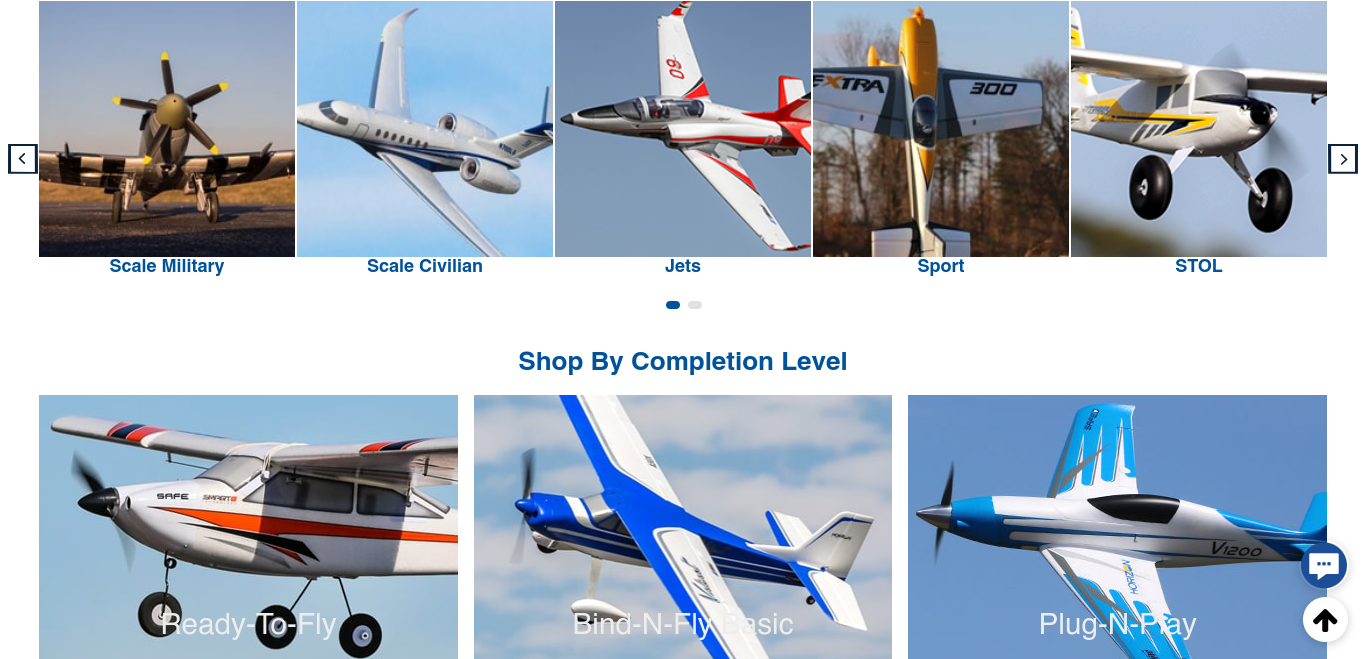Mastering the Skies: RC Plane Skill Level Selection
In remote-controlled (RC) aviation, the allure of taking to the skies with a meticulously crafted aircraft is a dream shared by enthusiasts of all ages. The journey to becoming a skilled RC pilot involves deliberate steps and considerations. This article embarks on a comprehensive exploration of selecting RC Planes according to skill level. By exploring the factors influencing skill level choice, the article will unravel the intricate tapestry of this captivating endeavour.
RC Plane Skill Level Selection
Navigating the Terrain

RC aviation encompasses a spectrum of skill levels, each representing a unique proficiency tier. From novice to expert, the journey begins with understanding these tiers and choosing the most suitable starting point. The choice is influenced by factors such as prior experience, comfort with technical aspects, and the desired level of engagement. Skill levels range from the beginner-friendly Ready-to-Fly (RTF) and Almost Ready-to-Fly (ARF) options to the more complex Build-Your-Own (BYO) kits and the advanced realm of crafting custom aircraft.
Ready-to-fly (RTF) and Almost Ready-to-Fly (ARF)
Launching an RC plane into the skies can be both exhilarating and daunting for newcomers. The RTF and ARF skill levels serve as welcoming gateways, offering preassembled aircraft that reduce the initial complexity of assembly. The RTF packages often include everything needed, from the plane to the transmitter and batteries. While requiring more assembly, ARF kits still provide partially built planes, allowing beginners to hone their building skills and gradually familiarize themselves with the components.
Build-Your-Own Kits

As enthusiasts gain confidence, they may graduate to the next tier: Build-Your-Own (BYO) kits. Here, assembling the aircraft becomes a captivating aspect of the hobby. These kits demand patience and meticulousness, as each component is carefully pieced together to form a functional flying machine. The BYO experience grants intermediate pilots an intimate understanding of their aircraft’s mechanics, empowering them to troubleshoot and adjust when needed. This level of involvement fosters a deeper connection with the plane, paving the way for a more comprehensive grasp of flight dynamics.
Reaching for the Skies
For those who have truly mastered the skies, advanced and expert levels await. These tiers delve into customization and design, allowing personal creativity to shine. Pilots at these levels often craft their aircraft from scratch, selecting components, tuning aerodynamics, and optimizing performance. The process resembles an art form, where creativity merges with technical expertise to create flying masterpieces that reflect the pilot’s unique style. The satisfaction derived from piloting a plane that is not only a mechanical marvel but also a manifestation of one’s vision is unparalleled.
Balancing Challenges and Rewards

Choosing the appropriate skill level involves striking a balance between challenges and rewards. Beginners may initially feel more comfortable with RTF or ARF options, allowing them to focus on fundamental flight skills. Intermediate pilots who enjoy the assembly process might embrace BYO kits to expand their knowledge. Advanced pilots relish the complexity of designing and building their RC planes. The key is to assess personal comfort zones, acknowledging that the journey is one of progression and growth. Each skill level provides a distinct set of challenges that fuel a sense of accomplishment when overcome.
Seeking Guidance
RC aviation is a community-driven endeavour; seeking guidance from experienced pilots is invaluable. Local clubs, online forums, and instructional videos offer insights, tips, and troubleshooting advice. Engaging with the RC aviation community fosters a sense of camaraderie and shared learning as pilots exchange stories, provide support, and celebrate milestones. The wisdom accumulated through collective experiences becomes a guiding light for those embarking on their RC aviation journey.
Adventures in the Skies

As pilots advance through skill levels, the learning never stops. Mastering manoeuvres, understanding aerodynamics, and fine-tuning controls become ongoing pursuits. The thrill of successfully executing a challenging manoeuvre or the satisfaction of constructing a custom aircraft keeps the passion alive. From leisurely flights to competitive events, the skies become a canvas for self-expression and exploration. Pushing one’s boundaries, experimenting with new techniques, and adapting to changing conditions ensures the journey remains dynamic and engaging.
Conclusion
In RC aviation, Mastering the Skies: RC Plane, Skill Level Selection is a journey marked by deliberate choices, continuous learning, and boundless enthusiasm. Whether one embarks as a beginner, navigates the intricacies of assembly, or ventures into the realm of customization, each skill level offers unique challenges and rewards. The evolution from novice to expert encapsulates the essence of progression, mirroring the gradual ascent of an aircraft as it takes flight. Just as an aeroplane soars through the skies gracefully, RC pilots ascend through skill levels with determination and a thirst for mastery. This remarkable journey epitomizes the seamless fusion of human ingenuity and technological innovation, making the skies an ever-expanding playground for those who dare to reach for the stars.

















